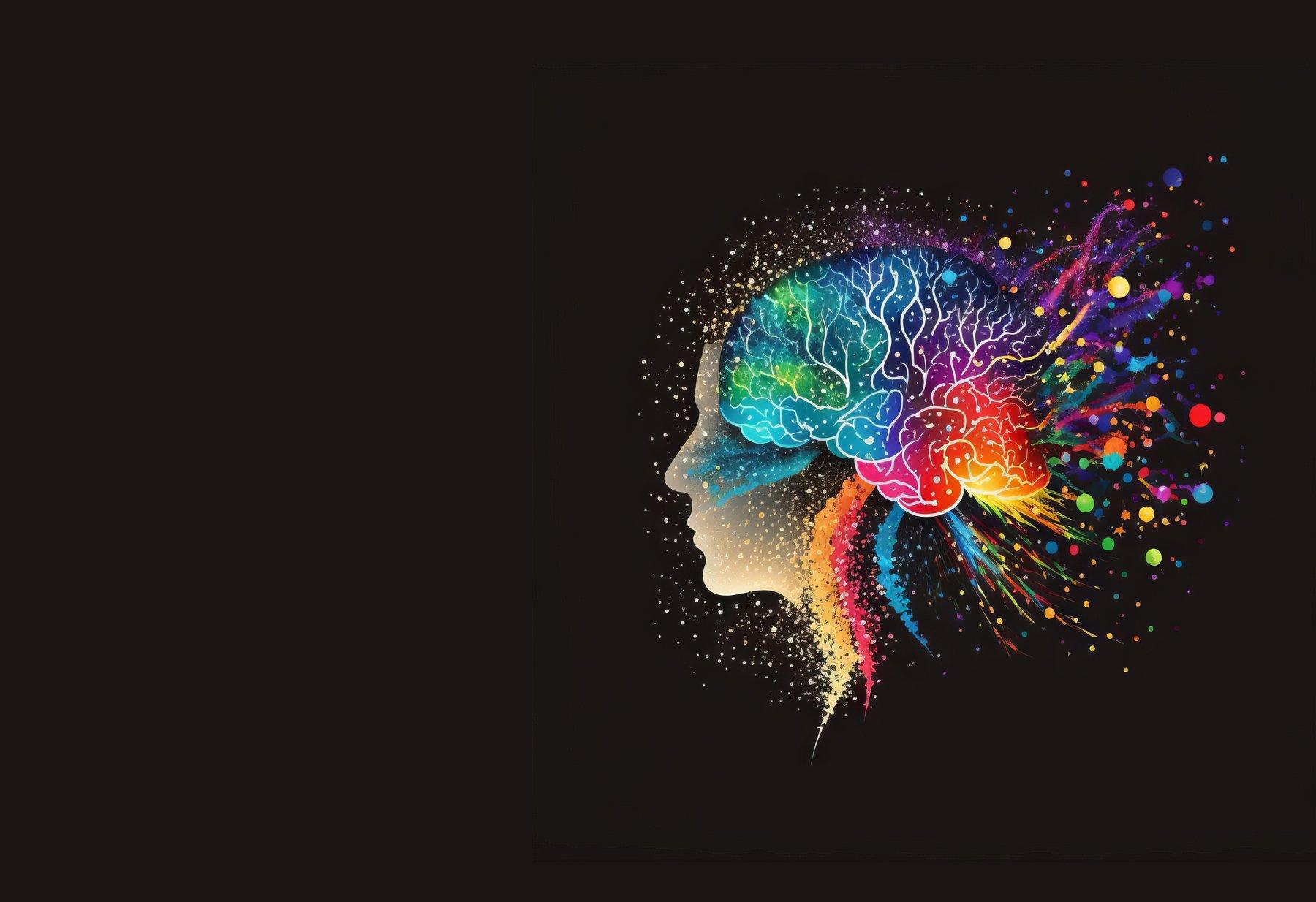Overview
With the advent of the digital age, technology has assimilated into everyday life and offers a plethora of advantages including entertainment, communication, and information access. On the other hand, excessive use of technology—especially computers, social media, and smartphones—can exacerbate stress and anxiety. Technology addiction, sometimes referred to as internet addiction or problematic internet use, is the obsessive and excessive use of digital gadgets or online activities, which can have detrimental effects on one's life in many different aspects. This article examines prevalent risk factors, the signs of technology addiction, how technology affects anxiety, and methods for striking a digital balance to support mental health.
Recognizing the Signs and Features of Technology Addiction
Technology addiction is the obsessive and excessive use of digital gadgets or online activities, which can have detrimental effects on relationships, performance at work or school, and physical health, among other aspects of life. Preoccupation with digital devices or online activities, losing control over internet use, experiencing withdrawal symptoms when deprived of technology, and continuing use of the gadget in spite of negative effects are all common signs of technology addiction. When unable to participate in their favorite digital activities, people with technology addiction may get more agitated, anxious, or depressed, which increases their dependency on technology as a coping mechanism for emotional pain.
How Technology Affects Anxiety
While there are many advantages to technology, such better connectivity and information availability, overusing gadgets and engaging in online activities can exacerbate stress and anxiety. Regular exposure to news, social media, and other online content can cause sensory overload and information overload, which can increase arousal and cause cognitive fatigue. Social anxiety or FOMO, or the fear of missing out, can be exacerbated by comparing oneself to others on social media platforms and emotions of inadequacy, jealously, or self-doubt. Constant connectedness and electronic distractions can also impede mindfulness, sleep, and relaxation, which can exacerbate anxiety-related symptoms like restlessness, impatience, and difficulties concentrating.
Techniques for Determining Digital Equilibrium
Achieving digital balance is setting up sensible routines and limits that encourage purposeful, thoughtful technology use while reducing unfavorable effects. Limiting screen time can help decrease reliance on technology and encourage offline activities. Some strategies include creating technology-free zones in the home or planning regular breaks from digital gadgets. Regaining perspective and equilibrium can be facilitated by using digital detoxification practices, such as disconnecting from screens for a predetermined amount of time each day and partaking in outdoor pursuits, hobbies, or social gatherings. Deep breathing, mindful walking, and other mindfulness techniques can assist people in developing present-moment awareness and lowering their sensitivity to digital stimuli.
Typical Risk Factors for Addiction to Technology
Personal, environmental, and psychological variables are among the primary risk factors that might lead to the onset or worsening of technology addiction. A person's propensity to use excessive technology as a coping mechanism for emotional pain or as an attempt to pass the time when bored may be increased in those with underlying mental health issues such as anxiety, depression, or attention-deficit/hyperactivity disorder (ADHD). Addiction to technology can also be exacerbated by environmental variables such easy access to digital gadgets, high-speed internet, and social norms that value technology use. Furthermore, impulsivity, sensation-seeking, low self-esteem, and other personality factors may be linked to problematic internet use and trouble controlling online behaviors.
Indices of Dysregulation and Digital Imbalance
Digital dysregulation and imbalance can show up in a lot of different areas of life, including as relationships, performance at work or school, physical health, and emotional well-being. People who are addicted to technology may have strained relationships with friends, family, or coworkers as a result of their excessive screen time or disregard for their social obligations. Excessive usage of digital gadgets can lead to procrastination, distraction, or reduced concentration, which can negatively impact work or academic performance. Prolonged screen time or sedentary activity can lead to physical health problems such musculoskeletal disorders, headaches, sleeplessness, or eye strain. Overuse of technology and digital overload can also result in emotional symptoms including irritation, anxiety, despair, or mood changes.
Looking for Assistance and Expert Guidance
For those who are addicted to technology, getting support and expert assistance is crucial, especially if symptoms worsen or interfere with day-to-day activities. Therapists, counselors, and psychologists are examples of mental health experts who can offer specialized evaluation, diagnosis, and evidence-based therapies that are customized to meet the requirements and preferences of each individual. In therapy, coping skills and stress management techniques may be developed, underlying causes of technology addiction may be found and addressed, and general self-regulation and wellbeing may be enhanced. Furthermore, assistance from friends, family, or peer groups can provide people negotiating the difficulties of maintaining a digital balance with affirmation, empathy, and useful advice. People can learn to prioritize their mental and emotional health and have a positive connection with technology with the correct tools and guidance.
Developing Well-Being Tech Habits
Developing self-awareness and mindfulness regarding technology use and its effects on wellbeing is a necessary step in cultivating good tech habits. People might discover areas where technology may be affecting their quality of life or inability to achieve their desired goals by reflecting on their own values, priorities, and objectives. People can find meaningful ways to interact with the world outside of digital gadgets by experimenting with alternative activities like reading, exercising, creative endeavors, or spending time in nature. Self-care techniques such getting enough sleep, eating a healthy diet, and managing stress can help promote general wellbeing and resilience against digital distractions.
